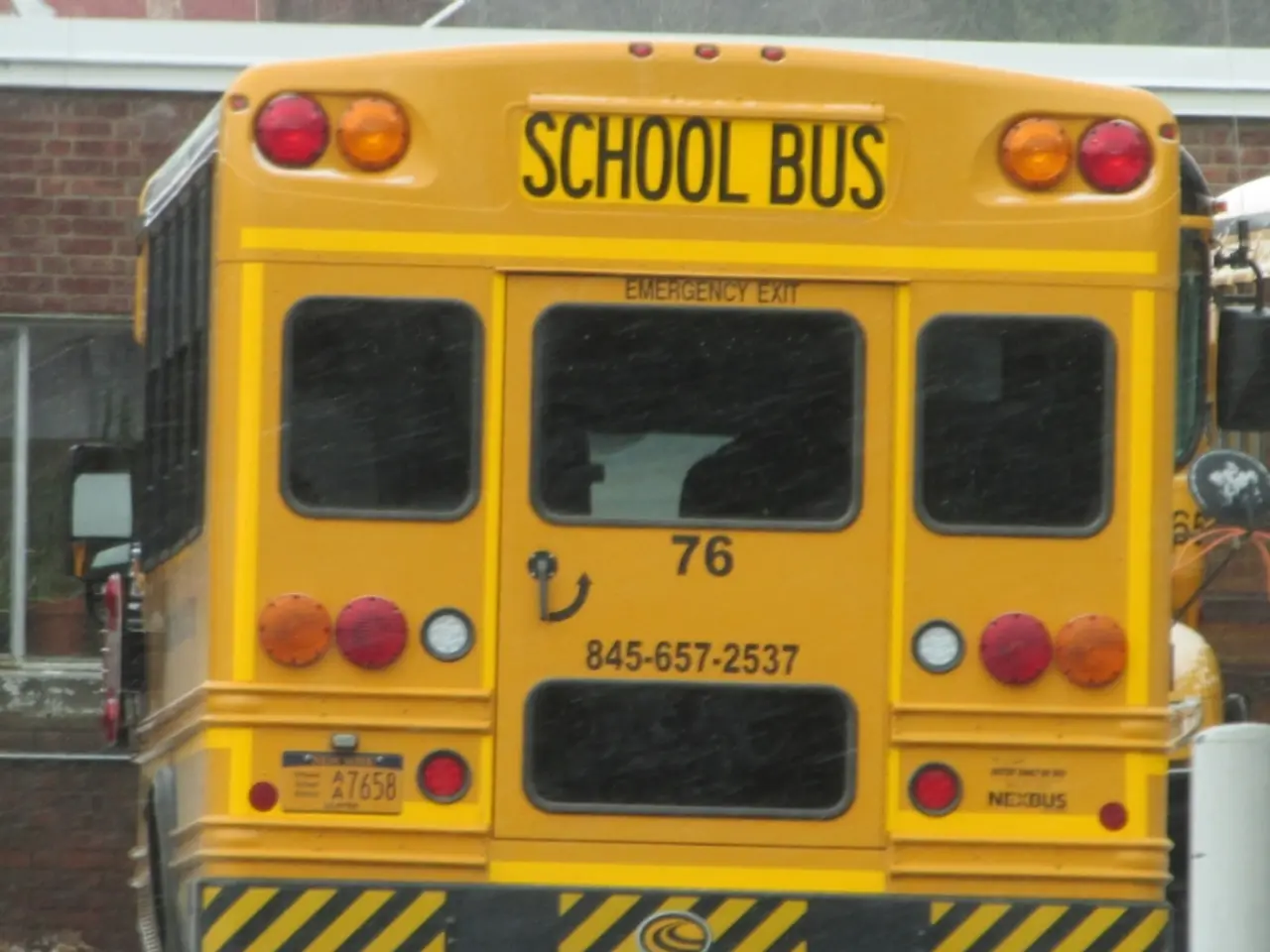Strategies for Optimizing School Development Plans
Transforming Schools Through Modern School Improvement Planning (SIP)
School Improvement Planning (SIP) is undergoing a significant transformation, with a growing emphasis on data-driven decision making, social-emotional learning (SEL), collaboration, and technology integration. These key pillars are shaping the future of educational enhancement, moving away from traditional, compliance-driven improvement plans towards dynamic, actionable roadmaps.
Data-Driven Decision Making
Schools are increasingly adopting data-driven approaches to create sustainable systems for improvement. Effective SIPs focus on using collected data to guide daily actions, track progress towards goals, and adjust strategies dynamically. This approach involves distributed leadership, where multiple stakeholders engage in data analysis and planning to ensure ownership and relevance of decisions.
Social-Emotional Learning (SEL)
SEL is being integrated extensively within frameworks like Multi-Tiered System of Supports (MTSS) to structure support for all students. SEL practices are embedded in daily classroom routines through activities promoting self-awareness, relationship skills, and responsible decision-making. Programs offering structured SEL lessons and reflective moments help in fostering inclusive, safe, and emotionally supportive school climates, which research shows is critical for sustained school improvement.
Collaboration
Collaboration is emphasized both among students and educators. Instructional strategies like think-pair-share, jigsaw, and technology-supported collaborative tools (such as interactive boards enabling real-time idea sharing) foster cooperative learning and respect for diverse perspectives. Effective SIPs promote distributed leadership models and frequent stakeholder engagement, including daily stand-ups and action boards, to review progress and promote collective responsibility.
Technology Integration
Schools are adopting smart technology not only in facilities management but also in instructional delivery and assessment. Technology enables personalized learning experiences, supports remote or hybrid learning environments, and provides ongoing feedback through formative assessments powered by digital tools. The rise of microlearning, gamification, and short digital content caters to modern learning preferences, enhancing engagement and retention.
Together, these trends mark a shift from static, compliance-driven improvement plans to dynamic, actionable roadmaps that embed SEL, leverage data continuously, foster collaboration, and utilize technology to meet diverse student needs and prepare them for 21st-century skills. School Improvement Planning is a strategic framework designed to enhance the overall effectiveness of educational institutions, ensuring a brighter future for students and educators alike.
References:
- Education Week (2021)
- Edutopia (2020)
- ASCD (2019)
- Harvard Graduate School of Education (2018)
- Forbes (2020)
- In the context of transformation in School Improvement Planning (SIP), professional development can include e-learning courses on data-driven decision making, social-emotional learning (SEL), collaboration, and technology integration to support educators' personal growth and competence in modern educational-and-self-development strategies.
- For effective implementation of Multi-Tiered System of Supports (MTSS), ongoing education and training in e learning platforms are essential to strengthen educators' skills in fostering social-emotional learning and personal growth, creating a positive and inclusive school environment that supports students' and educators' lifelong learning and development.




